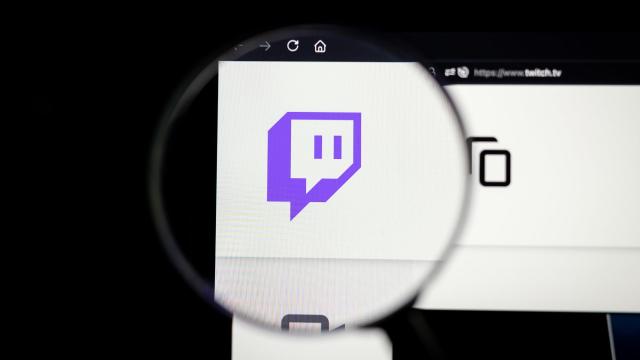It seems Twitch’s controversial “pay-to-win” Boost feature is a bust. There was no positive impact for streamers who took part in a test of the Boost feature, according to a data analyst who crunched the numbers.
Remember the Paid Boost this Stream experiment that Twitch was running last month?
Well, I collected the data – and the results are clear (and probably obvious)…
Paid Boosts don’t appear to have ANY impact!https://t.co/cvNpzwWlsP
— Zach Bussey (@zachbussey) December 14, 2021
Twitch announced the experimental Boost option in October, and it was immediately met with scepticism. Boost would, for a cost, increase the probability of a streamer getting featured on the Twitch homepage, where they would ideally gain more eyes, which would then hopefully lead to more returning subscribers. Now, we have data that shows those who thought the feature was too good to be true may have been right.
Zach Bussey, an independent data analyst who covers streaming, said in a video that he collected data from 125 streamers who took part in Twitch’s Boost test. And the results are the opposite of PogChamp. Bussey told Kotaku he used data from fellow Twitch analyst SullyGnome.
In a spreadsheet, Bussey compared the statistics from streamers’ total follower counts, average concurrent viewers, and peak viewers in November against their numbers from October 2. According to Bussey, Twitch’s Boost feature didn’t yield any significant growth for small and even partnered streamers who enrolled into the program, which seems to have made up the large majority of the beta pool.
According to his data, the overall change in concurrent views was mixed, with 48 streamers experiencing lower concurrent view counts and 51 gaining concurrent viewers. Another 18 experienced no change and seven didn’t stream during the month Bussey recorded his data.
“In terms of my data, there was no conclusive evidence to suggest that Boost had any kind of impact on their streams,” Bussey said in the video. “It’s almost like it didn’t happen.”
While concurrent channel views can be difficult to, Bussey said a streamer’s page views are the best measure of growth. According to his data, 60 per cent of boosted streamers saw fewer page views in November than in October.
Bussey specifically compared positive viewer outcomes against negative ones. The average “positive” outcome, based on concurrent views, follower count, peak views, and hours streamed, for the 125 streamers who took part in the Boost test was just under 50 per cent, meaning about half of the average streamer in the test’s main stats improved.
In the video, Bussey said he didn’t know how to find any positive impact from Twitch’s Boost feature for smaller streamers specifically, despite the various ways he said he’s attempted to interpret his data.
Bussey told Kotaku the results of his data didn’t surprise him, but he further posited that the monetisation aspect of Twitch’s Boost experiment would benefit Twitch’s bottom line more than the small streamers it claims to help. For example, the Boost option provides a new way to monetise the service in addition to its traditional model of viewers donating directly to a streamer, which Twitch would then take a percentage of.
Bussey hypothesised that the Boost feature could tell Twitch how much viewers are willing to spend to support a streamer and whether they’re more likely to Boost a streamer they like over gifting subscriptions.
As for what smaller Twitch streamers can do to help gain an audience, Bussey suggested that streamers branch out and create content on YouTube and TikTok that’ll point new viewers to their Twitch accounts.
“Discoverability for live content is a really hard question to answer,” Bussey said. “I don’t think Twitch is going to come up with some genius system any time soon.”

Leave a Reply